Printing Presses - Where did they come from?
First, a bit of history. Screen printing first appeared in a recognizable form in China during the Song Dynasty (960–1279 AD) It was then adapted by other Asian countries like Japan and was further developed using more modern methods.
Screen printing was largely introduced to Western Europe from Asia sometime in the late 18th century but did not gain large acceptance or use in Europe until silk mesh was more available for trade from the east and a profitable outlet for the medium discovered.
Credit is given to the artist Andy Warhol for popularizing screen printing as an artistic technique. Warhol's silkscreens include his 1962 Marilyn Diptych, which is a portrait of the actress Marilyn Monroe printed in
bold colors.
1962 Marilyn Dptych by Andy Warhol
As screen printing grew more and more popular, so did the scale of operations. With that came the introduction of the press to screen printing for apparel. Helping to print multiple copies of the screen design on garments in an efficient manner, amateur and professional printers alike began to use a screen printing press.
As technology, in general, has advanced. Screen printing presses have so followed. Presses are generally comprised of a central hub, stationery printing heads, and rotating arms, which hold the printing boards.
They can be fully manual and rotated by the force of the operator, semi-automatic, or fully automatic. The automatic presses are typically controlled by an onboard computer. With a various array of presets for printing at different speeds and on different apparel types.
One of our screen printing technicians adding ink to a print station.
These presses can be pneumatic (pressurized with air to spin and oscillate) and more modern presses are fully electric. Using only electricity to spin and oscillate. Resulting in less noise and more efficient power usage.
Another powerful use of the screen printing press is the customization of the printing board or platen. These can be customized for print areas such as sleeves, using a slim board so that the sleeve slides on easily and into the correct position. They can also be customized for zippered apparel and koozies.
The press is the workhorse of any screen printing operation. Capable of producing up to 1800 prints per hour. The addition of SLI’s three M&R automatic printing presses over the years has certainly helped improve not only our efficiency but also our quality.



